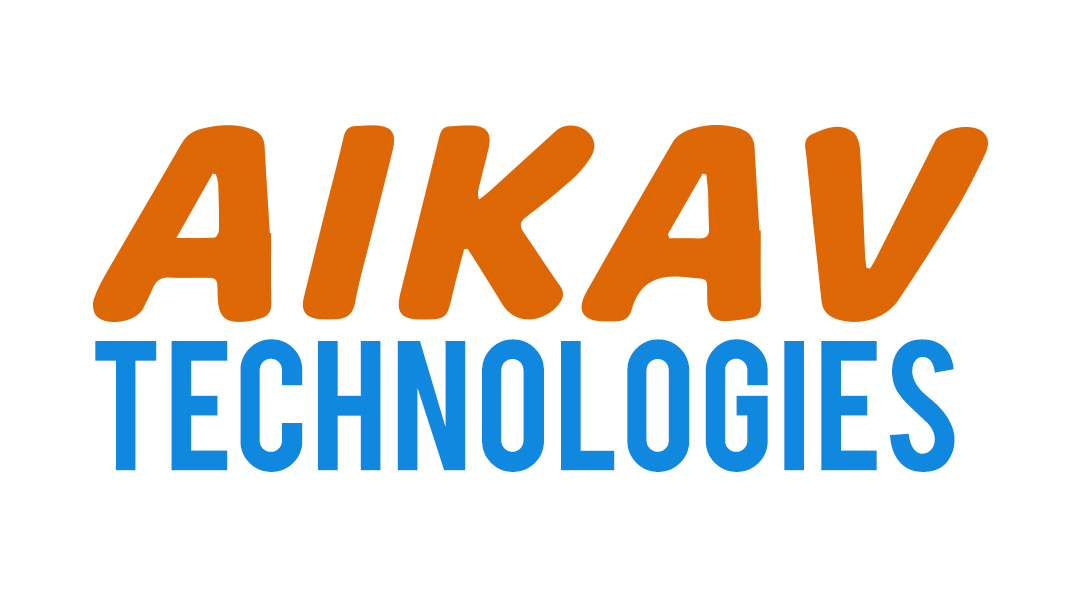
In today’s fast-paced digital landscape, multi-brand enterprises face the constant challenge of delivering consistent, high-quality digital experiences across multiple channels and regions — and doing so quickly. Every delay in launching a product or campaign can mean lost revenue, reduced market impact, and weaker customer engagement. This is where Drupal CMS becomes a strategic advantage. Its flexibility, scalability, and robust architecture enable organizations to reduce time-to-market significantly while maintaining quality and brand coherence.
1. Unified Content Architecture for All Brands
Drupal’s multisite and content-sharing capabilities allow enterprises to manage multiple brand websites from a single installation. Instead of building each site from scratch, teams can reuse core configurations, themes, and content structures. This unified approach ensures brand consistency and drastically cuts development time.
2. Low-Code and No-Code Flexibility
With Drupal Layout Builder and tools like Paragraphs or Acquia Site Studio, marketing teams can create and update pages without developer involvement. This empowers content editors to launch new campaigns, microsites, or landing pages in hours instead of weeks, improving agility and responsiveness to market demands.
3. Modular and Scalable Architecture
Drupal’s modular system means developers can assemble new features using pre-built modules rather than coding from scratch. Enterprises benefit from rapid prototyping, allowing teams to test and deploy features faster while maintaining scalability for future growth.
4. Multi-Language and Localization Support
For global brands, Drupal’s built-in multilingual features enable faster localization. Content can be translated and published across multiple regions seamlessly, reducing the overhead of managing separate systems and accelerating international launches.
5. Centralized Governance with Decentralized Control
Drupal offers a fine balance between governance and flexibility. Enterprises can set global brand and compliance standards while granting local teams autonomy over regional sites. This approach ensures faster content delivery while maintaining overall consistency and compliance.
6. Seamless Integrations with Marketing Tools
Modern marketing stacks rely on CRM, analytics, and automation tools. Drupal integrates effortlessly with Salesforce, HubSpot, Google Analytics, and Adobe Experience Cloud, reducing integration time and ensuring smooth data flow between systems — key for rapid campaign deployment.
7. Robust Security and Performance
Pre-configured security updates, caching systems (like Varnish), and CDN support ensure that Drupal sites run efficiently at scale. This reduces maintenance time and prevents costly downtime during high-traffic launches.
8. Enterprise-Level Collaboration
Drupal supports large, distributed teams with robust workflow and version control systems. Editorial workflows, permissions, and content staging help enterprises coordinate launches efficiently across departments and geographies.
Conclusion
For multi-brand enterprises, reducing time-to-market is not just about speed — it’s about agility, consistency, and scalability. Drupal CMS offers all three, enabling teams to deliver personalized, brand-aligned experiences across multiple markets with minimal delays. By leveraging Drupal’s flexible framework, enterprises can stay ahead of competitors and adapt quickly to changing customer demands.
